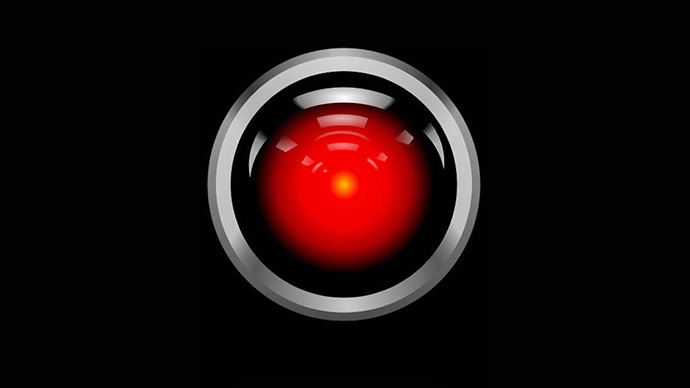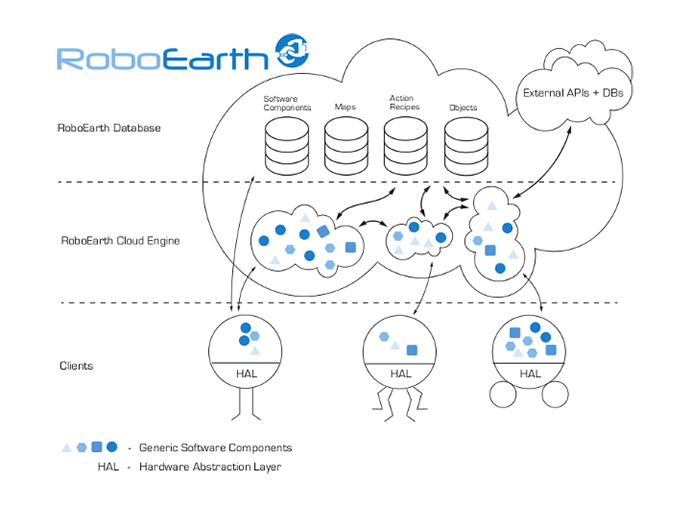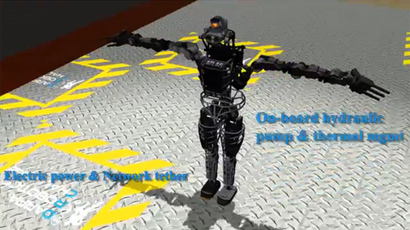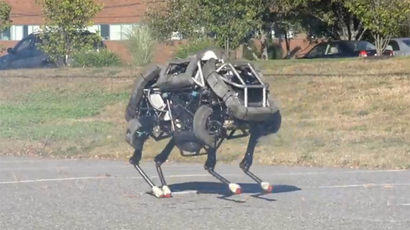‘Sorry, Dave, I can’t let you do that’: Robots learn, network without humans

A World Wide Web for robots just got more real as scientists ready to demo a project four years in the making: a cloud-based hive mind for robots to upload and download information and learn new tasks from each other, completely independent of humans.
Comparisons to The Terminator’s Skynet began flooding in all the way back in 2011, when a breakthrough was made after researchers at the University of Technology in Munich, Zaragoza, Stuttgart, and Philips assembled in Eindhoven to form the Robo Earth project.
A team of 35 people had developed a Tech United medical robot AMIGO, capable of independently learning to pick up objects and serve them to bed-ridden patients.
As their website explains, the goal is “a giant network and database repository where robots can share information and learn from each other about their behavior and their environment… to allow robotic systems to benefit from the experience of other robots, paving the way for rapid advances in machine cognition and behavior, and ultimately, for more subtle and sophisticated human-machine interaction.”
The robots will do all those things via a certain Cloud Robotics infrastructure, “which includes everything needed to close the loop from robot to the cloud and back to the robot. RoboEarth’s World Wide Web-style database stores knowledge generated by humans – and robots – in a machine-readable format.”

The creators explain that this will include navigation maps, locations of objects, knowledge of new tasks and various upgrades on how to manipulate the environment around them.
Fast forward to January 16, when the first public demo of their success is set to take place at Eindhoven University in the Netherlands. Essentially, they will show off a cloud-type knowledge base, where four single-task robots will be put in a hospital setting, download each others’ specs and learn on the fly to navigate their surroundings, as well as serve drinks and even open medicines for their patient.

The amazing thing here are the completely open-source, multipurpose possibilities.
And that is not all. Home assistance robots are also predicted to get upgrades soon. They will be quicker and cheaper to produce, and because of the open-source architecture, will not require endless revamps and remakes.
Customers will be able to teach their old dogs new tricks.
It now appears to be only a matter of time till the technology expands beyond the medical field.














